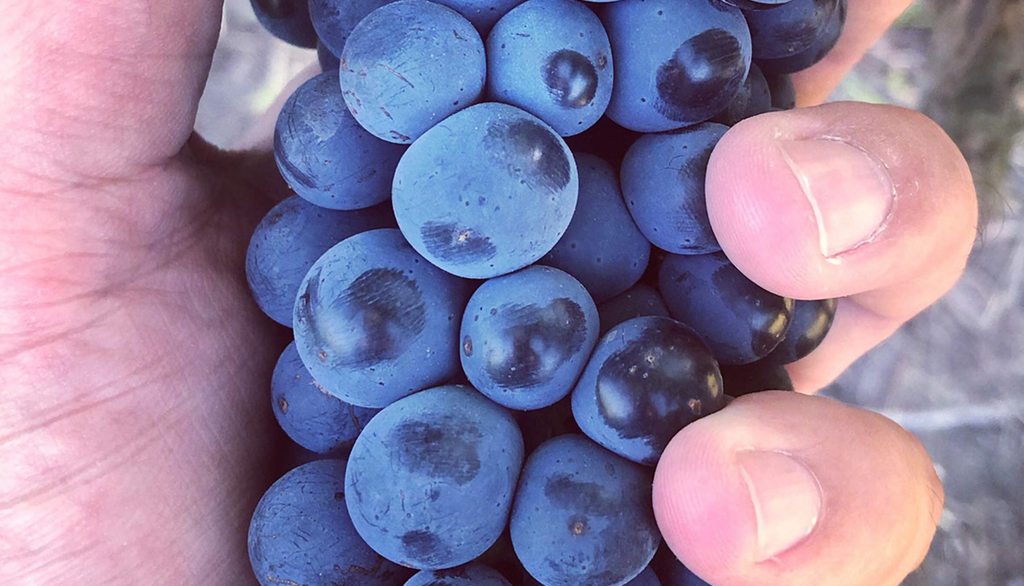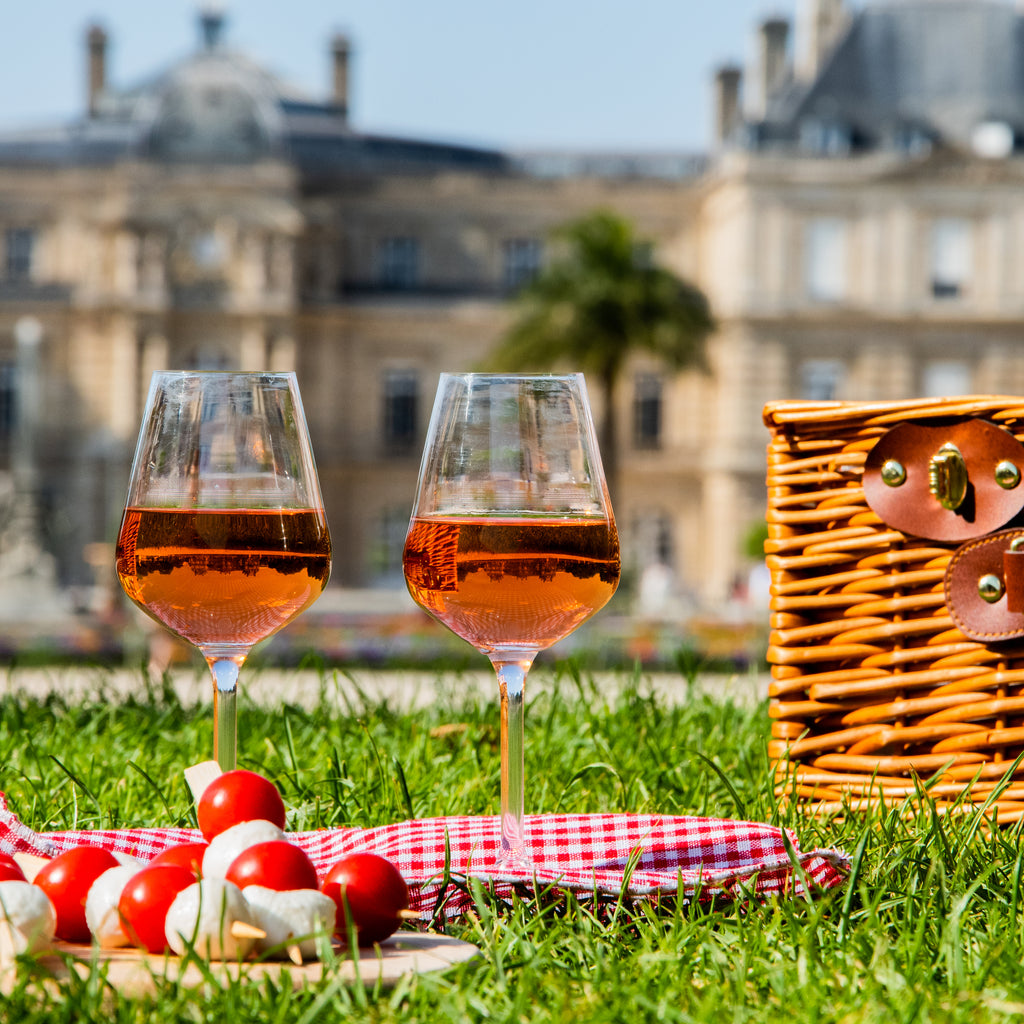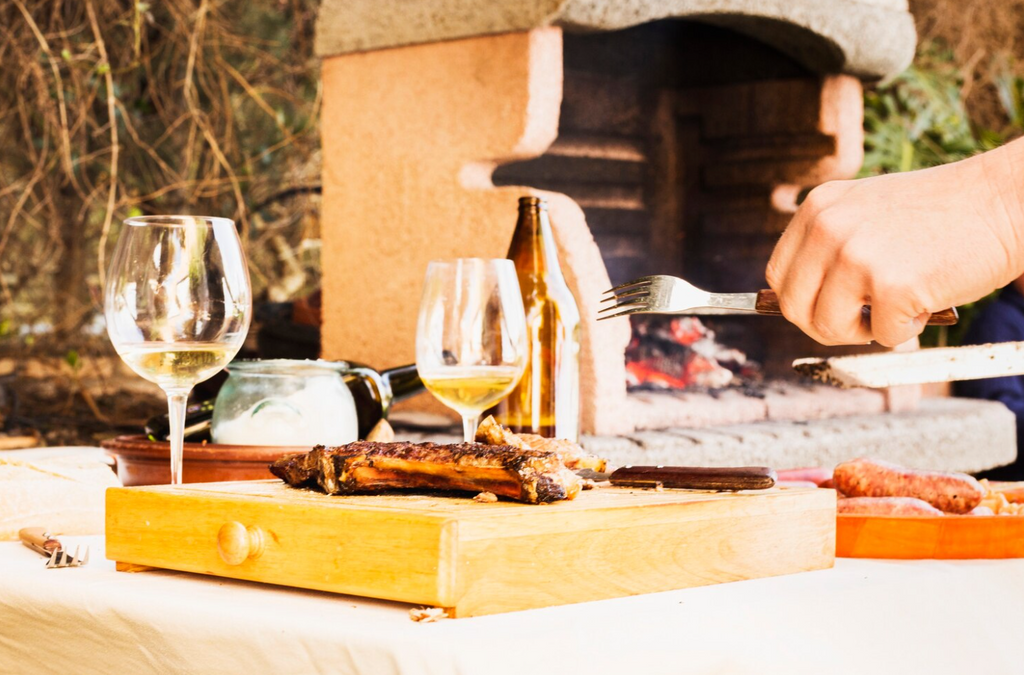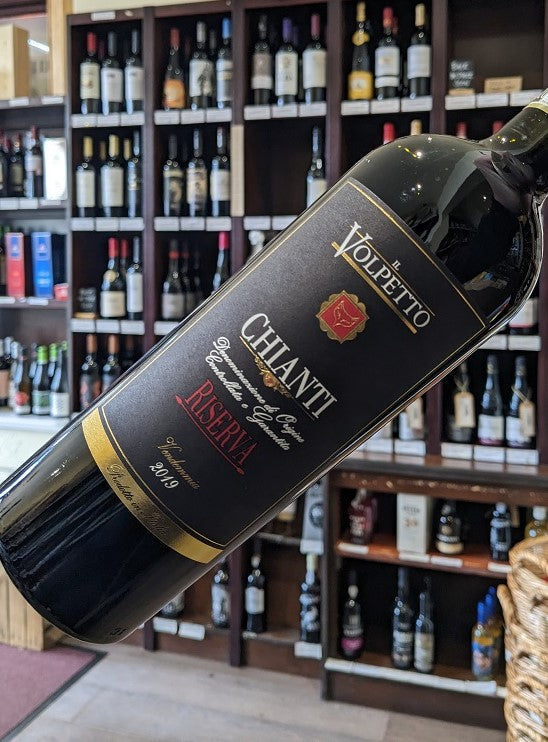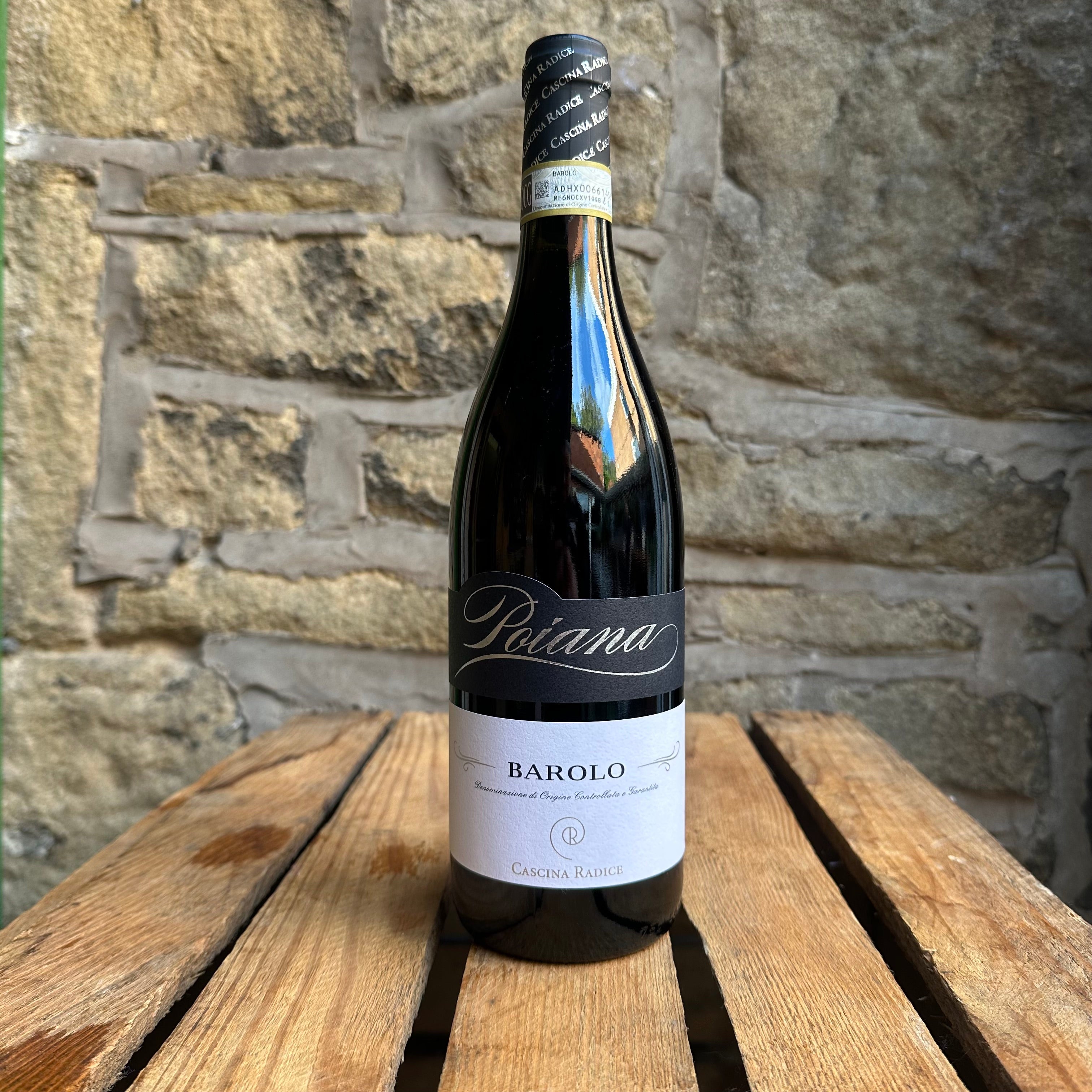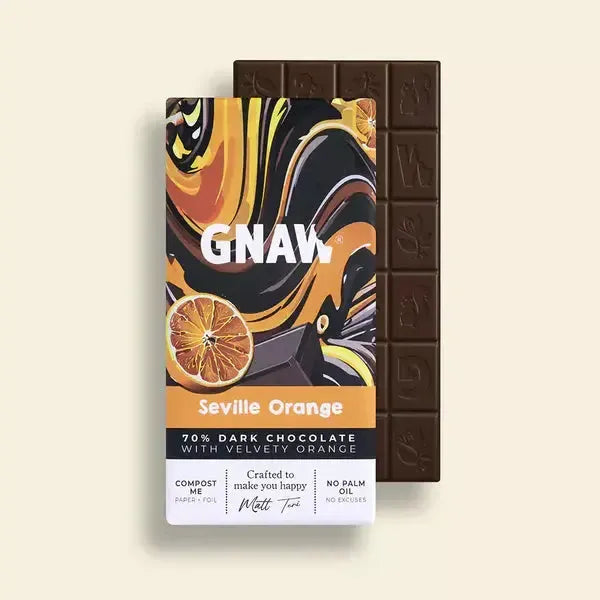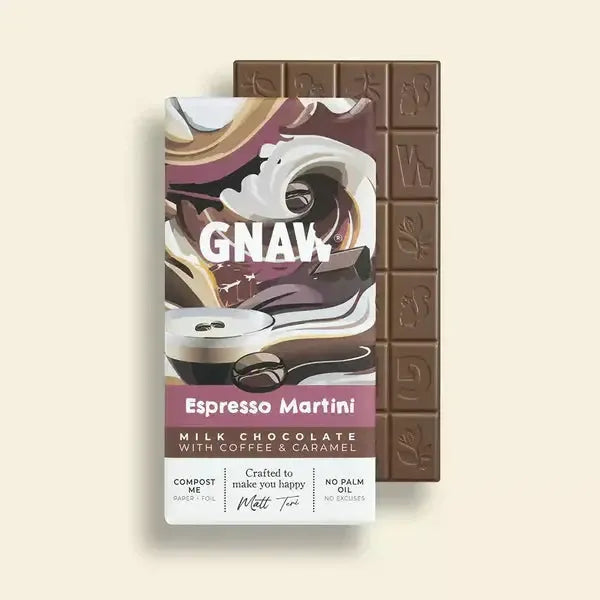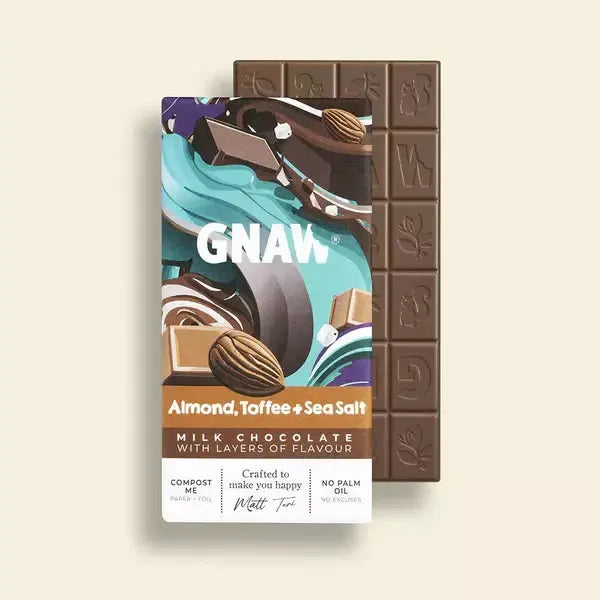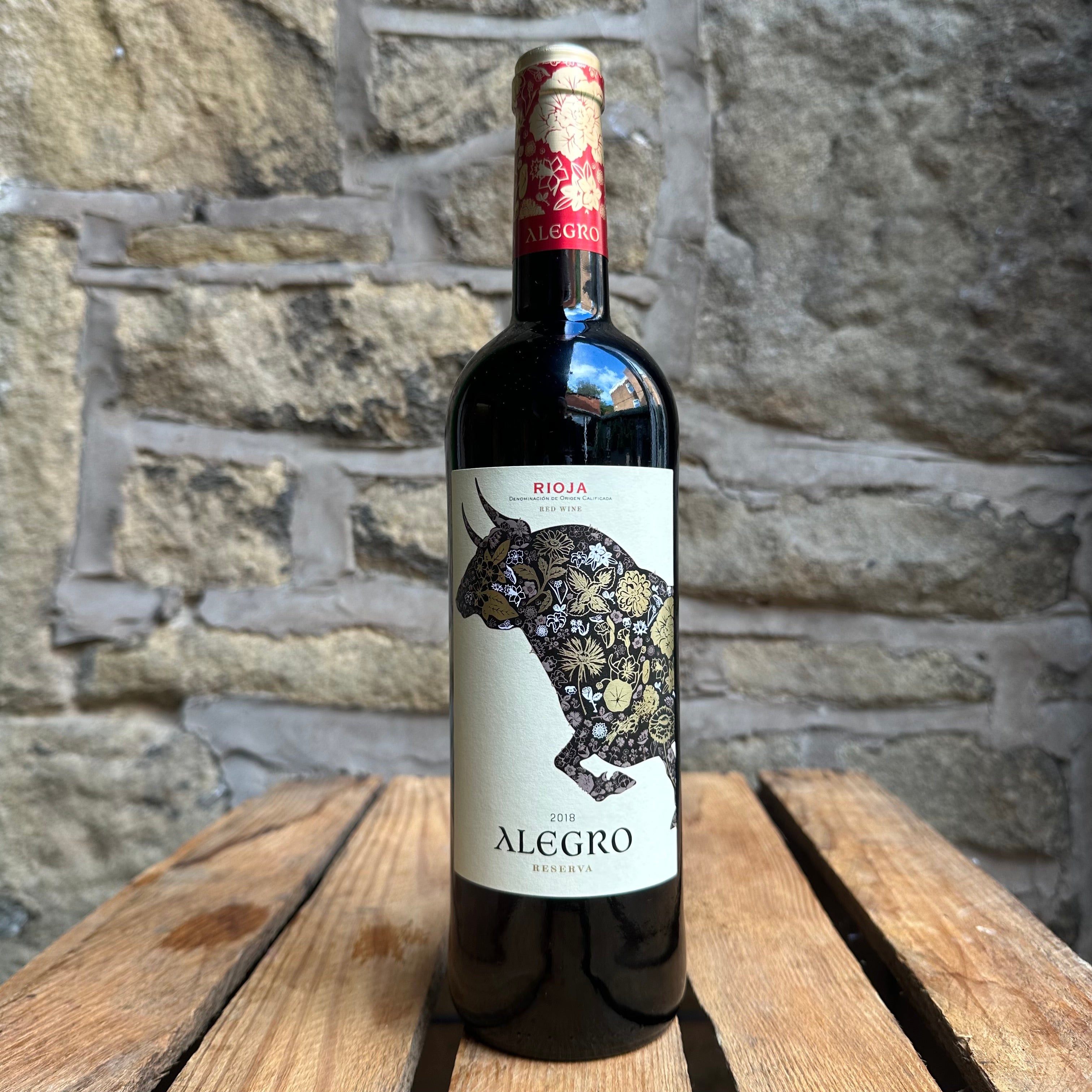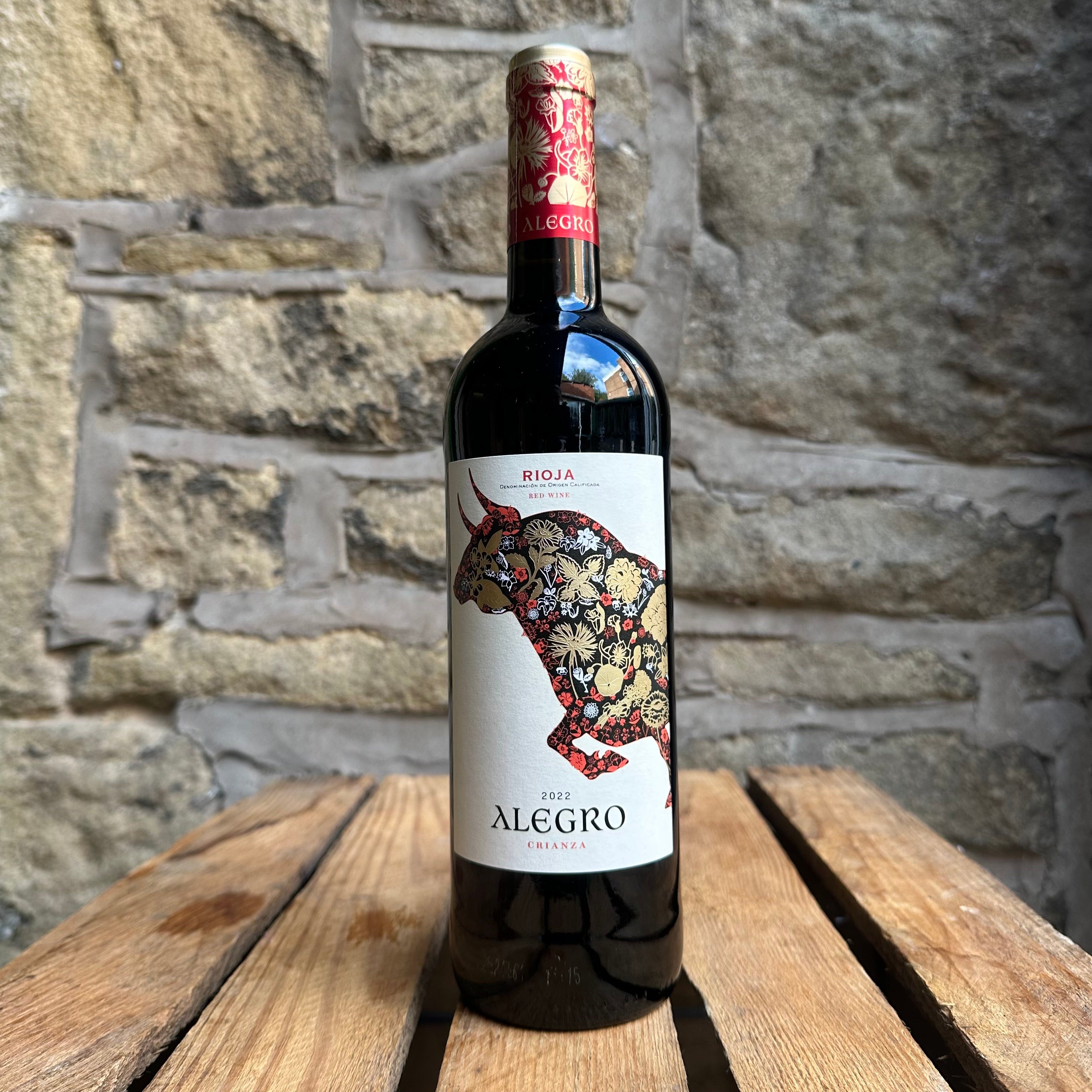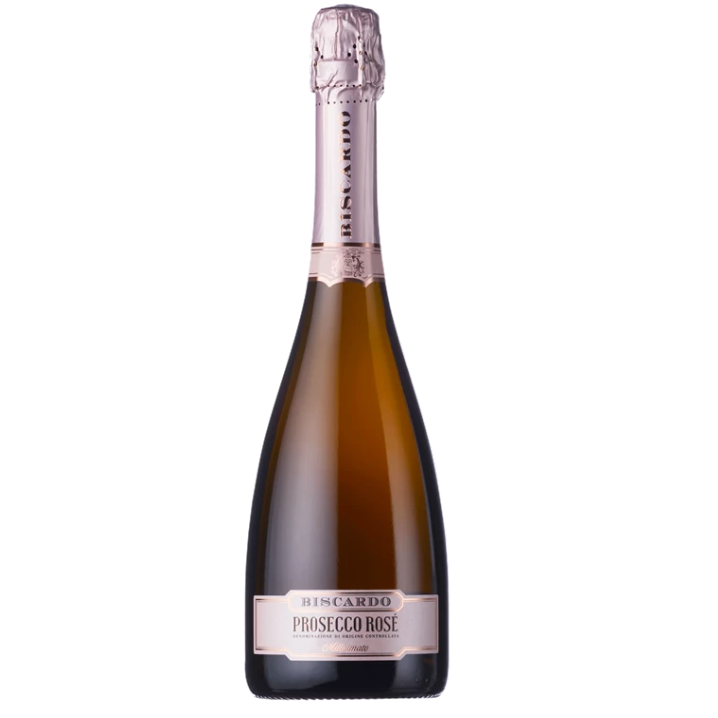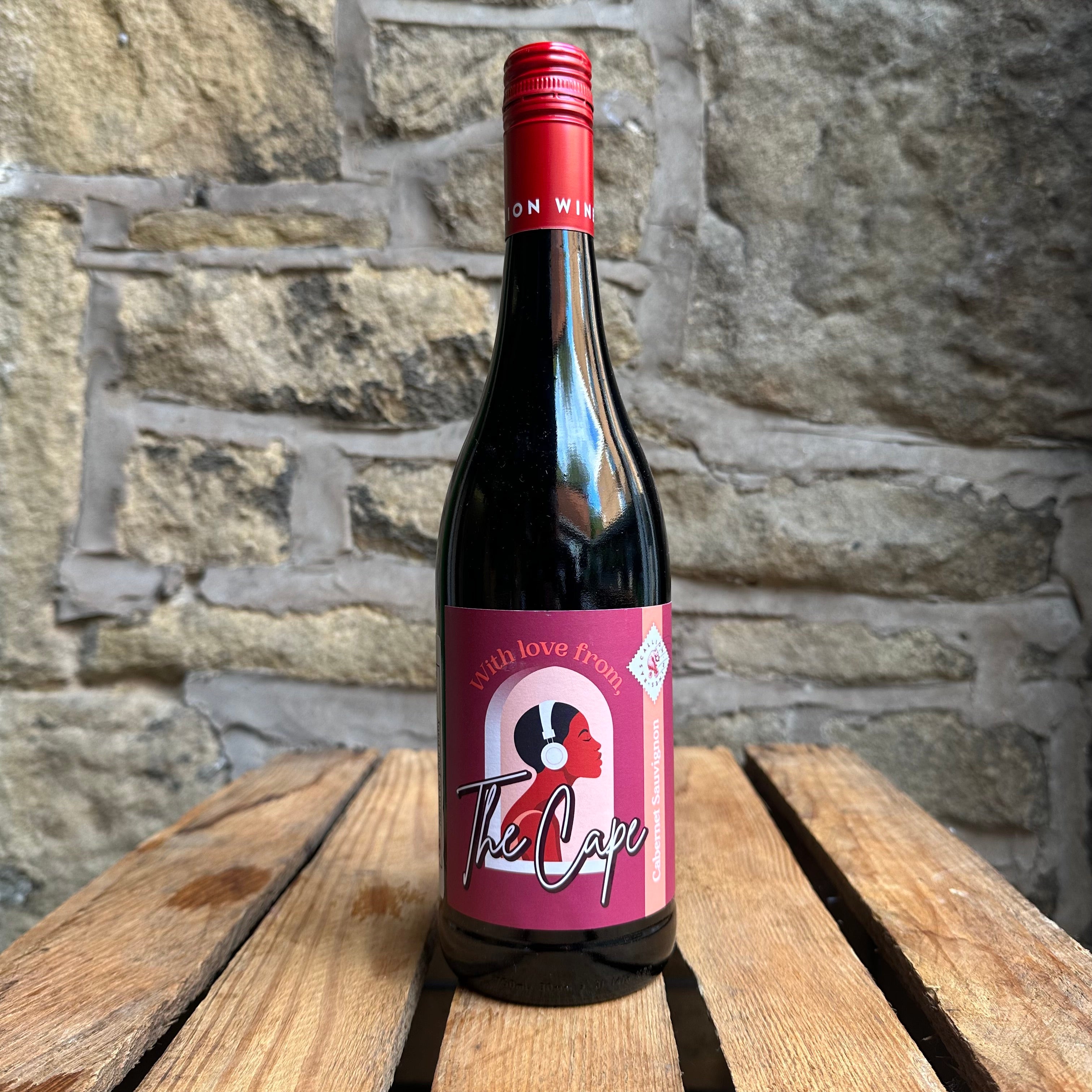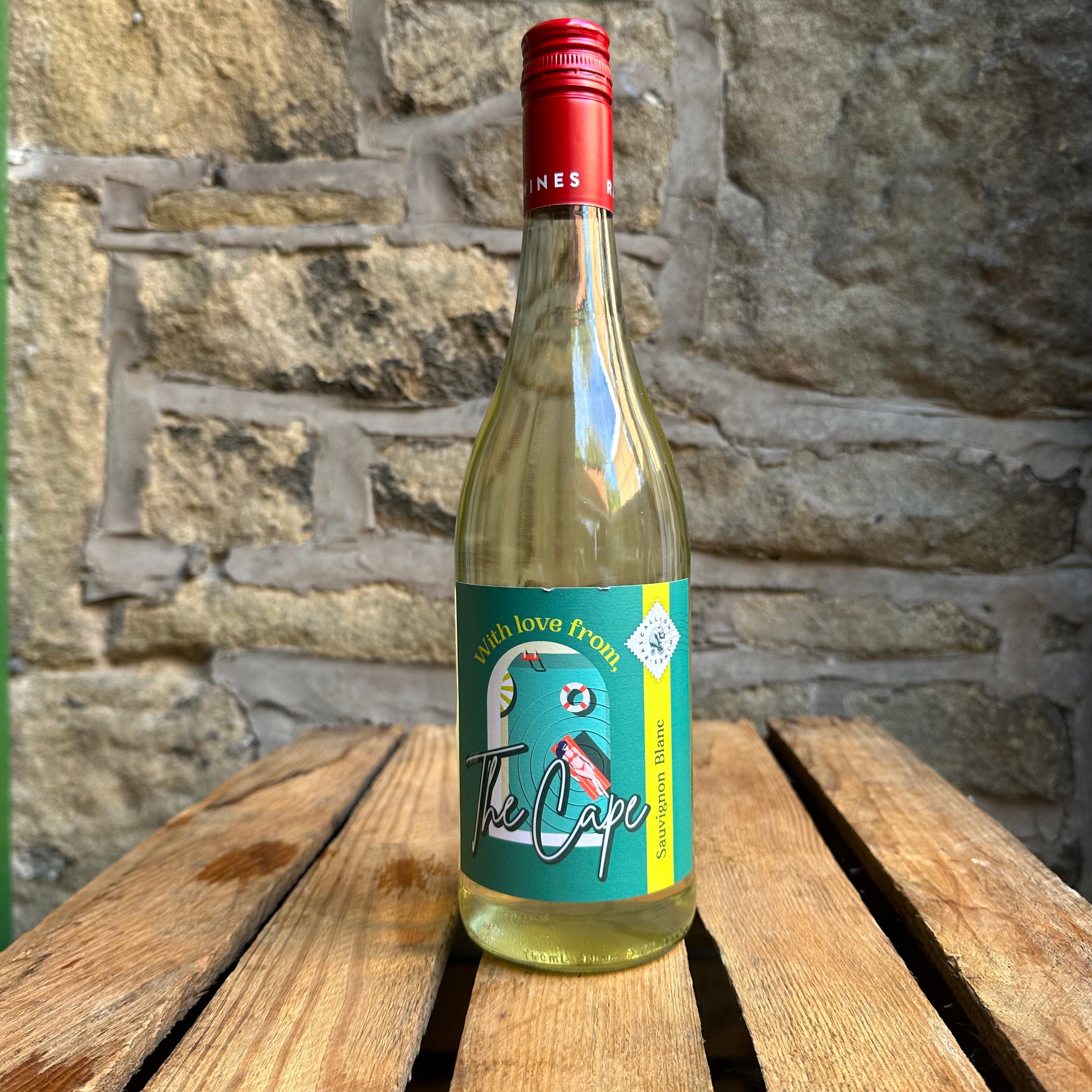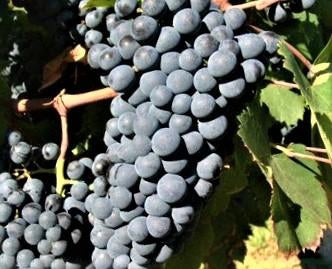
The Beauty Of Bonarda

The Bonarda grape often lives in the shadow of Malbec when browsing Argentinian wines, but as an easy-drinking and versatile partner for many meals it is well worth a try. We take a look at why it could soon be your new favourite.
The second most planted red grape in its modern home of Argentina, Bonarda was originally from the Savoie region of France where it is known as Douce Noir. Its re-discovery is in the early stages in France, where most vines were destroyed in the mid-20th century. California's Napa Valley is also home to vineyards where it is the grape is commonly known as Charbono. There is evidence that the grape is closely related to the Italian Bonarda variety from the Piedmonte region, but it should not be confused with the various other Italian Bonarda grapes which are more suited to the cooler European climates.
Like the journey of Malbec from the Cahors region of France, the Douce Noir grape was found to adore the warmer, tropical climate of Argentina and provides excellent yields in all the wine regions. It is a long-ripening variety, and so the warm flatlands help it to reach full maturity, boosting concentration and flavour. It also benefits at high altitude, bringing new dimensions to its refreshing profile. There are now nearly 20K hectares planted which comprises over 85% of plantings in the world.
Bonarda's key elements are a deep purple colour, medium body, velvety texture, low tannins and good, refreshing acidity. These factors make it very quaffable with most wine undergoing little or no oaking and enjoying consumption in relative youth. This profile also makes it an excellent partner for blending with Malbec, softening tannins and adding acid refreshment, but winemakers have long explored its capacity to create beautiful varietals.
Typical aromas and flavours include rich, often jammy fruit such as black cherry, plum, and blueberry. Notes of violets, tobacco, sweet spices and cloves create lovely balance and oak treatment with further maturity can bring added layers of fig, chocolate, leather and smoke.
The full combination makes Bonarda a great partner for a wide range of food. A red that can potentially pair with both white and red meats, its fruitiness also lets it complement tropical dishes such as fruited curries, sweet and sour cuisine, and a range of East Asian recipes. Although grown across the country, Mendoza is biggest producer of Argentinian Bonarda. Trapiche Winery were established in 1883 and are based in one of Mendoza's oldest wine growing regions, Maipu. Their Estacion 1883 Bonarda uses carefully selected grapes with a careful production process. Fermentation in small concrete tanks for 25 days followed by malolactic fermentation and ageing for 15 months in a mix of French and American oak barrels. This longer ageing brings fuller body alongside the luscious refreshment. Richly fruity, it is packed with plums, cherries and strawberries alongside the sweet spice. The finish brings its oak maturity to the fore, with a lick of liquorice and a wisp of smoke.


